A massive algae bloom is drifting near a Florida beach filled with potentially harmful plastic and bacteria.
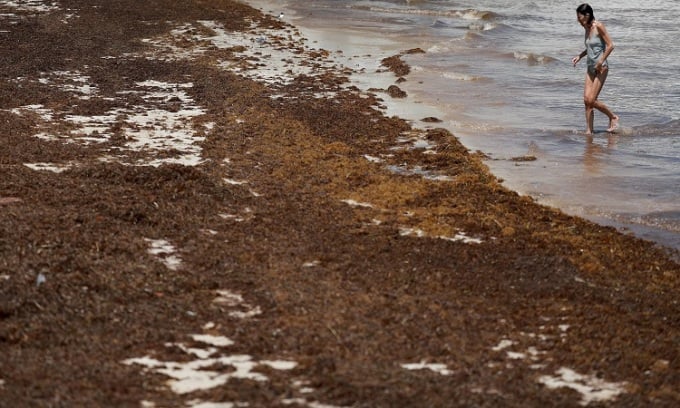
A beachgoer walks past a mass of kelp washed ashore on May 18 in Key West, Florida. Photo: Joe Raedle
According to a study published in the journal Water Research, the plastic- and bacteria-filled blob of algae could create a “pathogen storm” in the middle of the Atlantic Ocean. Native to the Sargasso Sea in the North Atlantic, the brown algae known as blight has become a growing problem for beaches around the world in recent years, as large clumps of it wash ashore. NASA predicts this year’s blight bloom along the Caribbean coast and eastern Florida will be the largest on record. Experts predict the blight will hit beaches in the region in June and July.
The buildup of algae is often smelly, dense, and contains potentially dangerous bacteria from the Vibrio genus. “Vibrio can colonize both plastic and algae, and they can carry genes that can cause disease,” says Linda Amaral-Zettler, a marine biologist at the Royal Netherlands Institute for Sea Research and co-author of the study. “There have been some pretty scary cases of Vibrio infections. Their predatory potential is rare, but it exists.”
About a dozen species of bacteria in the Vibrio family cause vibriosis, an illness that can occur when people eat the bacteria or when they get into an open wound. When ingested, the bacteria can cause severe diarrhea, abdominal cramps, fever, and vomiting. When infected through a wound, one species of Vibrio sometimes causes necrotizing fasciitis.
In the study, the scientists analyzed samples of spirulina collected from the Caribbean and Sargasso Seas, and they did not find V. vulnificus or V. cholerae, the two Vibrio species that infect humans. V. vulnificus is the only Vibrio species that causes necrotizing fasciitis. However, the team found several previously undescribed Vibrio species that carry key genes shared with their disease-causing relatives. Their analysis suggests that they also have the “mechanisms” needed to infect and cause disease in humans.
According to Amaral-Zettler, the algae contains large amounts of plastic, allowing Vibrio bacteria to quickly attach and multiply. Vibrio in algae can have many impacts on the environment. Similar to humans, fish that swallow Vibrio can suffer from diarrhea, releasing nutrients into the environment, helping the algae accumulate and suck up a lot of oxygen in the water, creating a "dead zone" where other marine life cannot survive.
However, as far as human health is concerned, the presence of Vibrio in the algae is not a concern, according to Hidetoshi Urakawa, a microbial ecologist at Florida Gulf Coast University who was not involved in the study. Florida officials do not currently test for Vibrio in the algae that washes ashore, but officials still advise beachgoers to avoid getting too close to the algae. To prevent potential threats, including Vibrio infection, people should avoid swimming around or touching the algae whenever possible, especially if they have open wounds, according to the Florida Department of Health.
An Khang (According to Live Science )
Source link




![[Photo] General Secretary To Lam attends the 80th anniversary of Vietnam's diplomacy](https://vstatic.vietnam.vn/vietnam/resource/IMAGE/2025/8/25/3dc715efdbf74937b6fe8072bac5cb30)








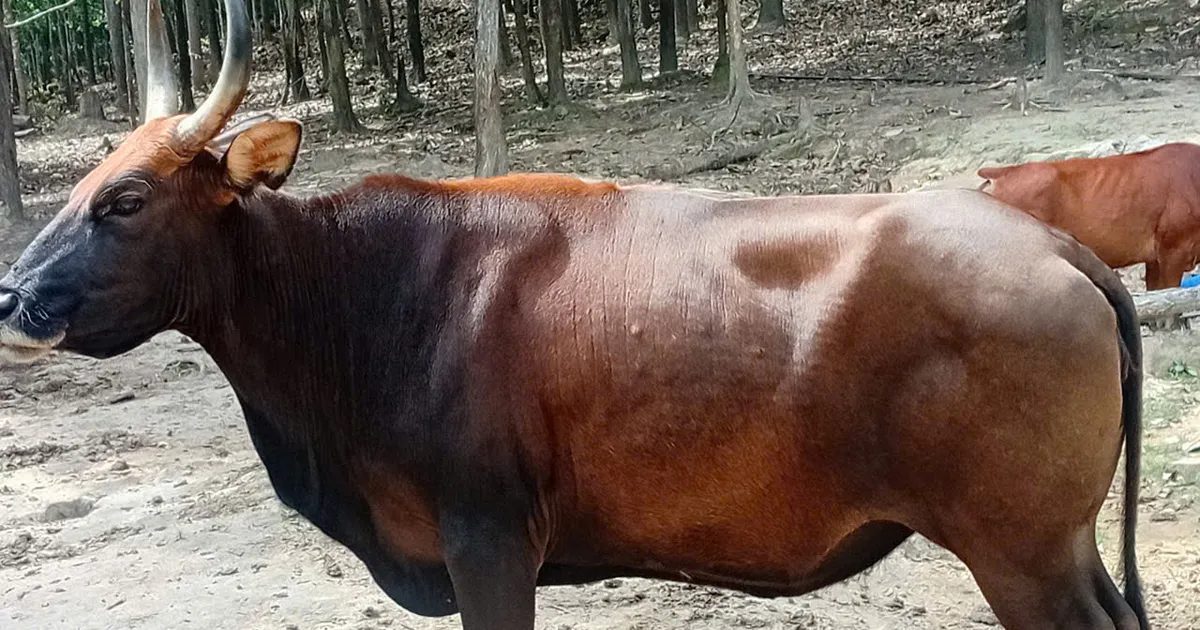

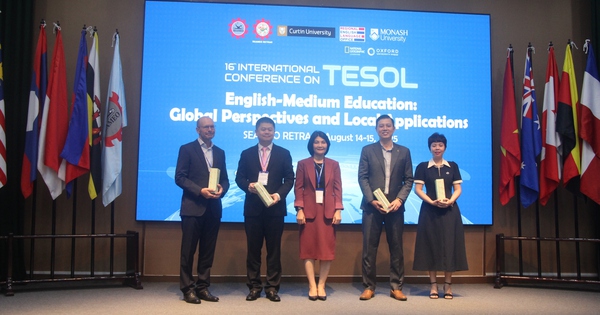

























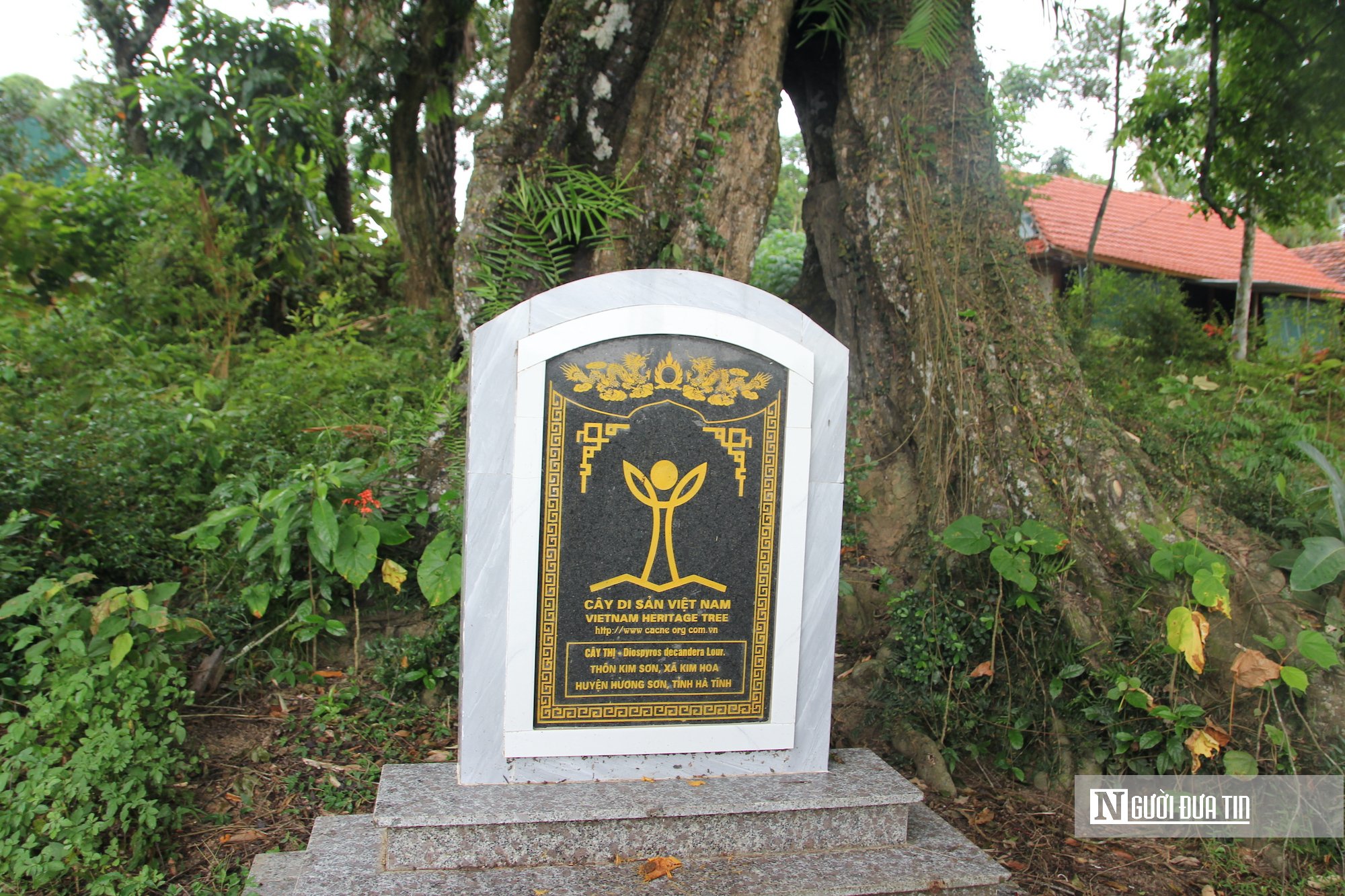














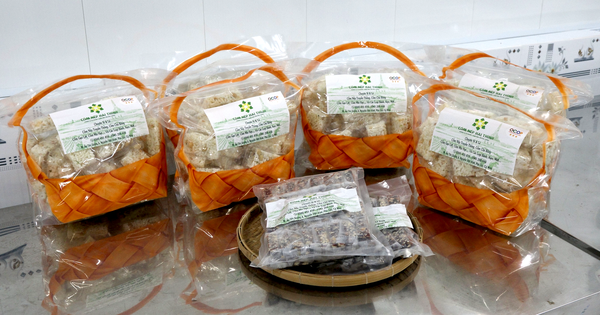















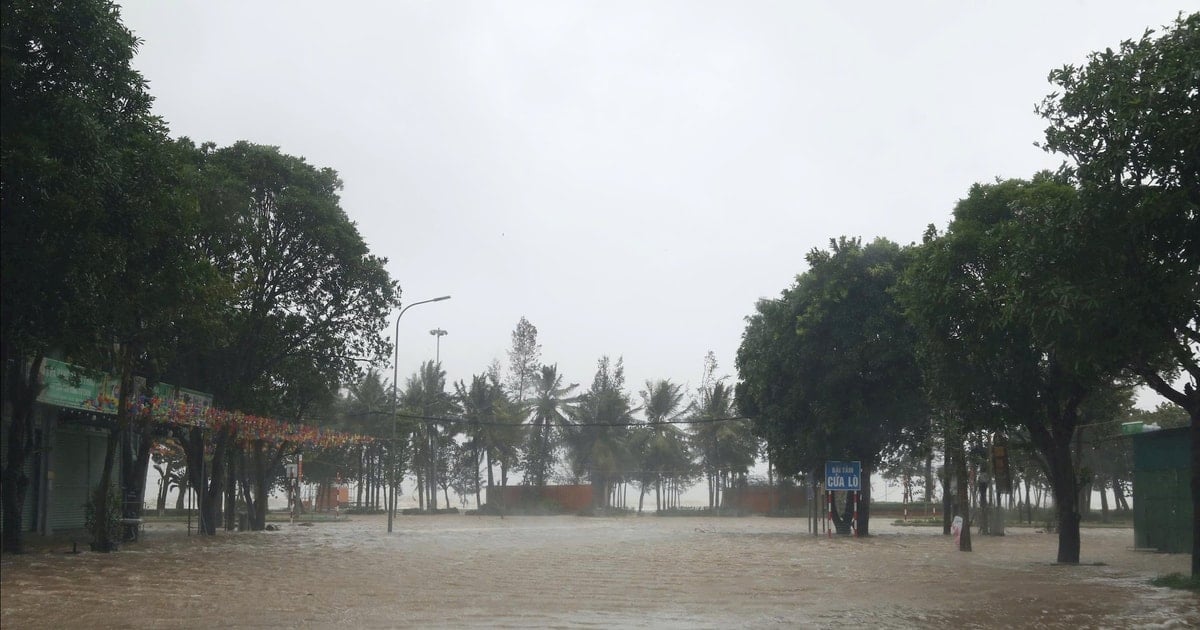




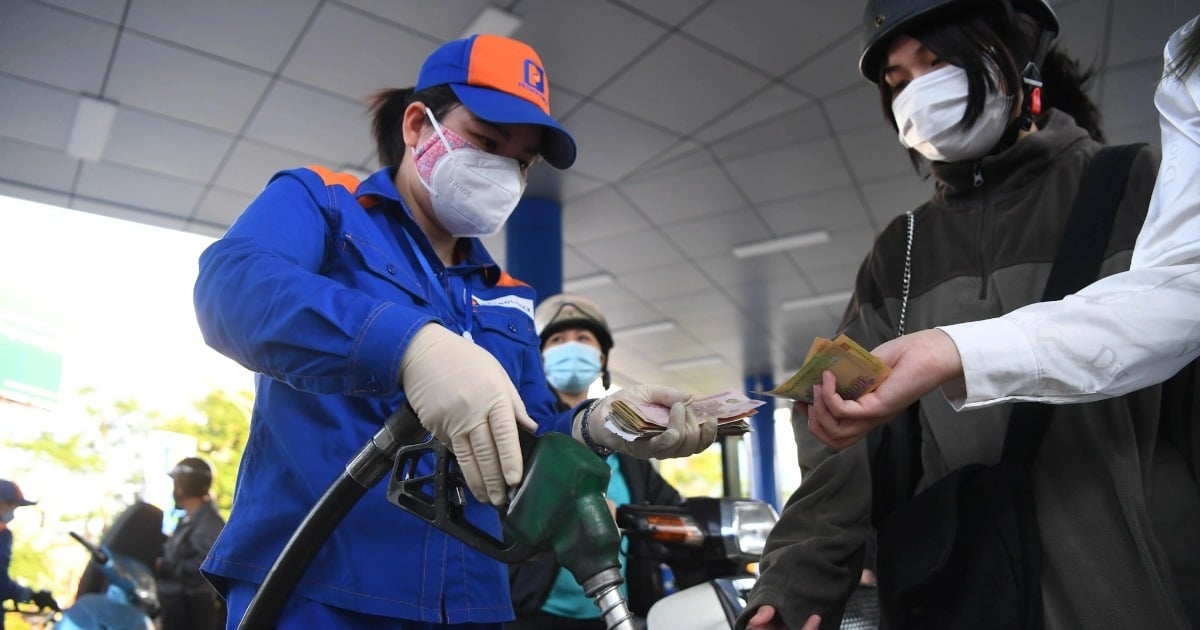





















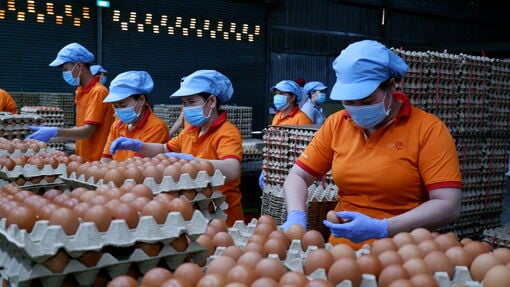


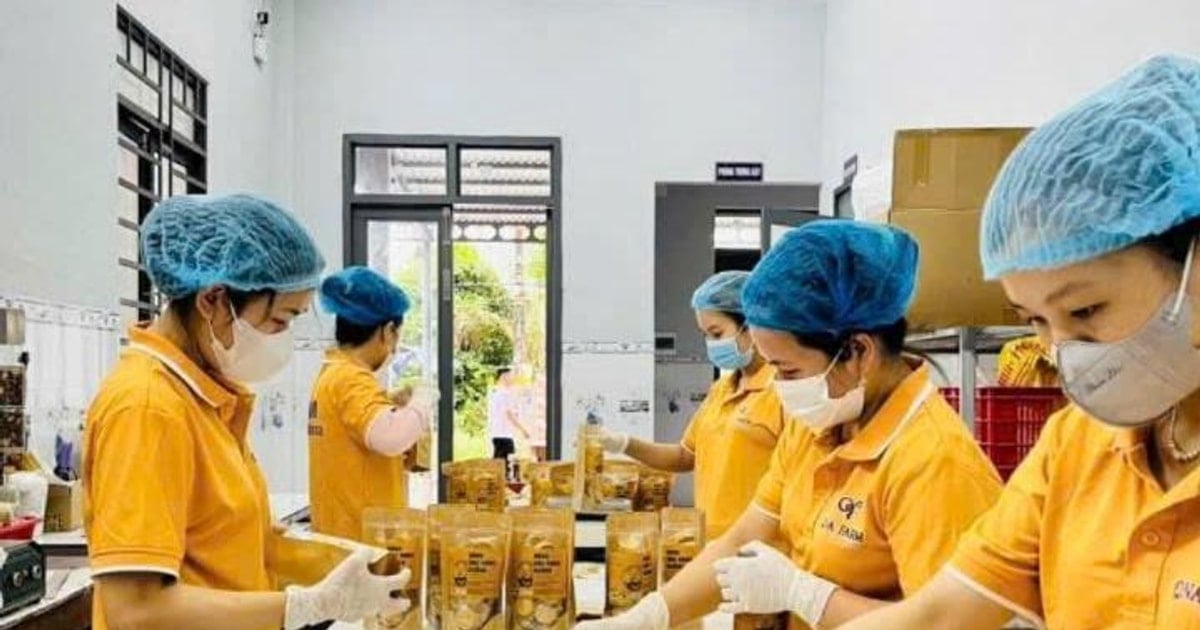

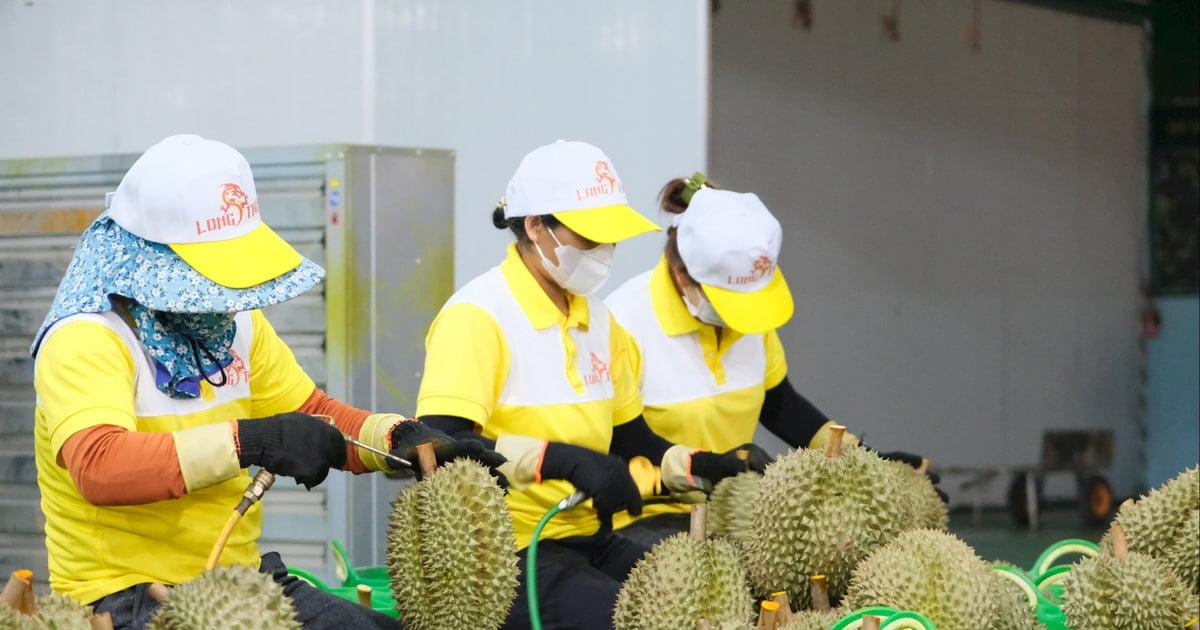






Comment (0)